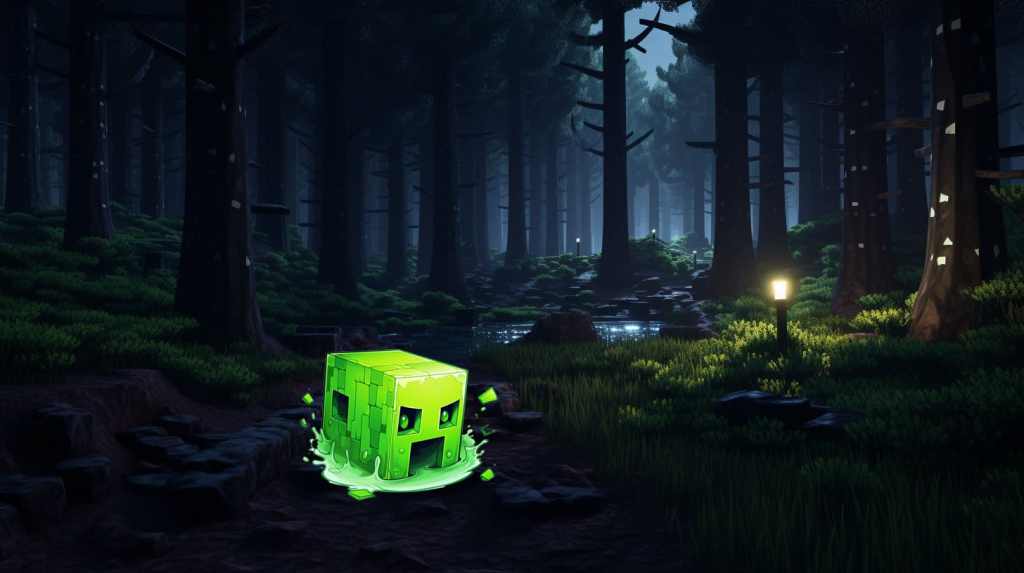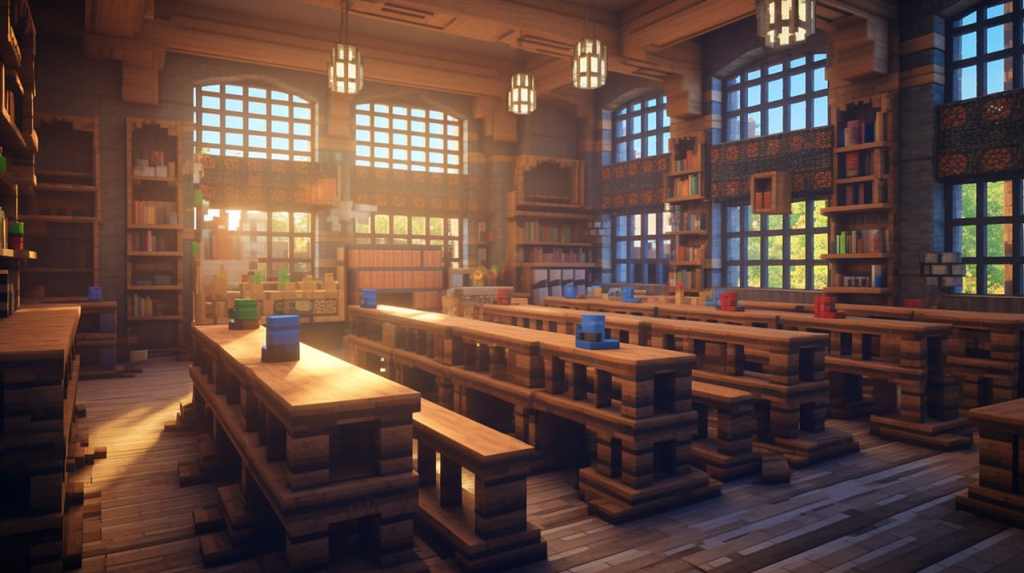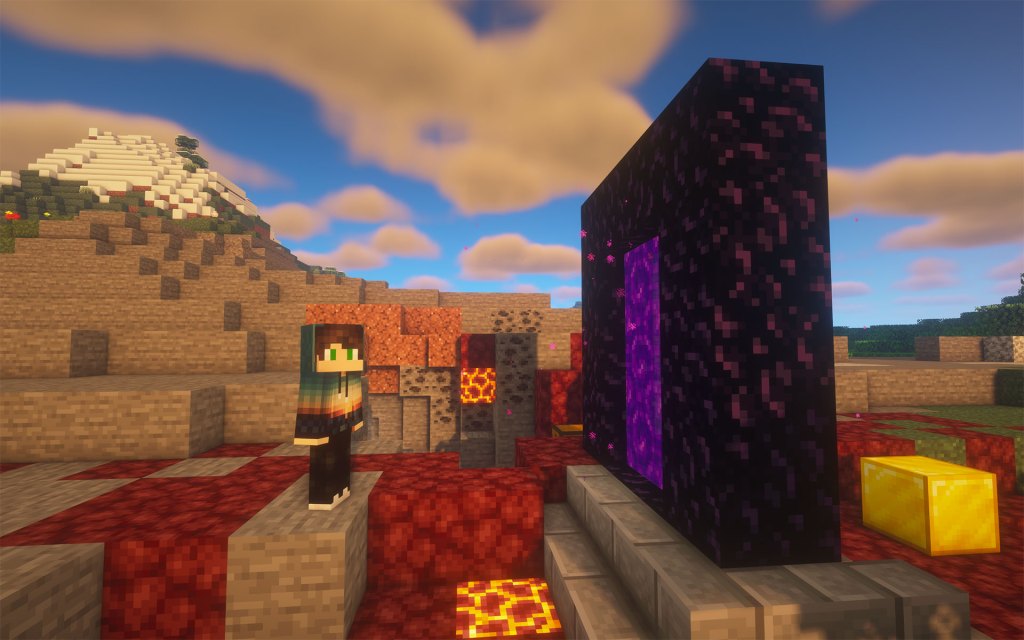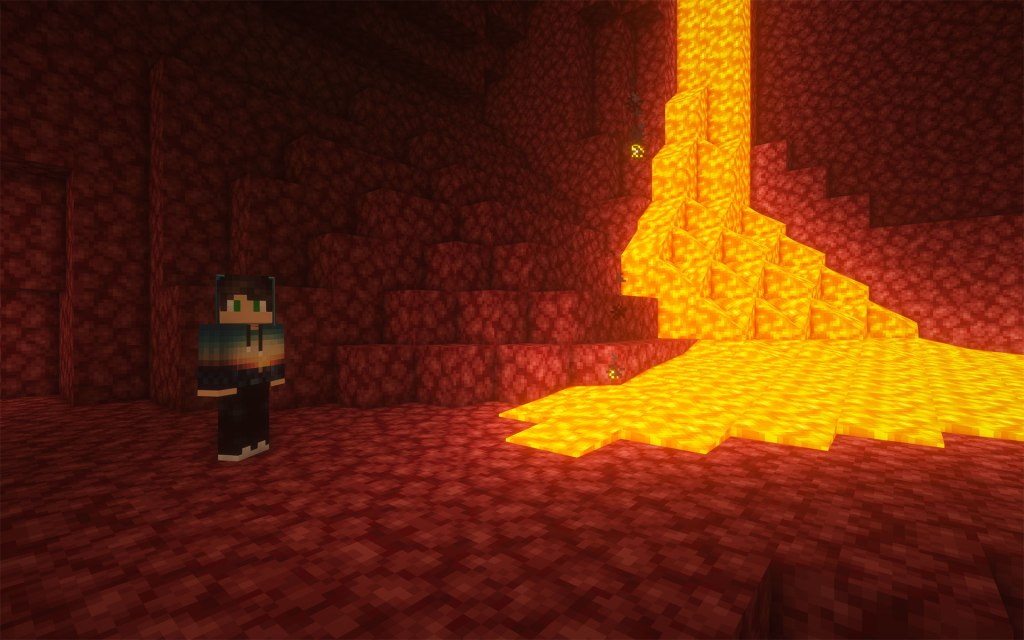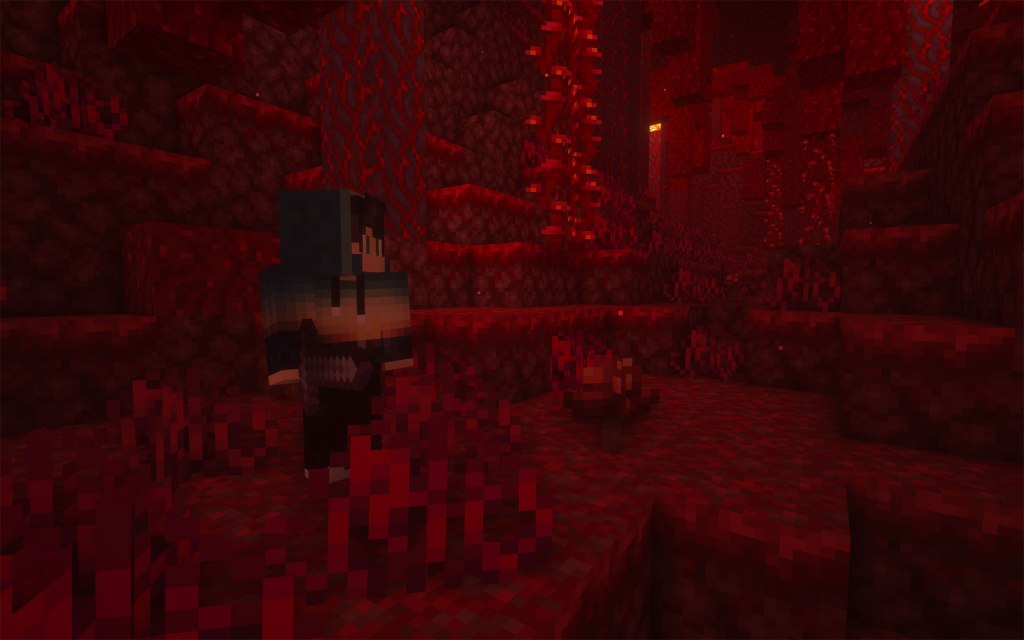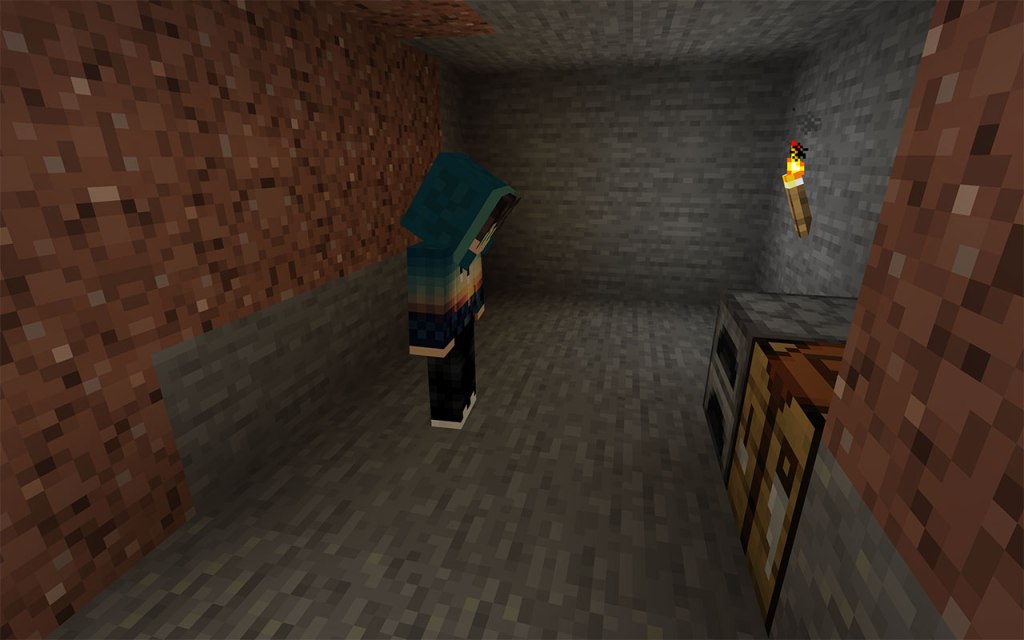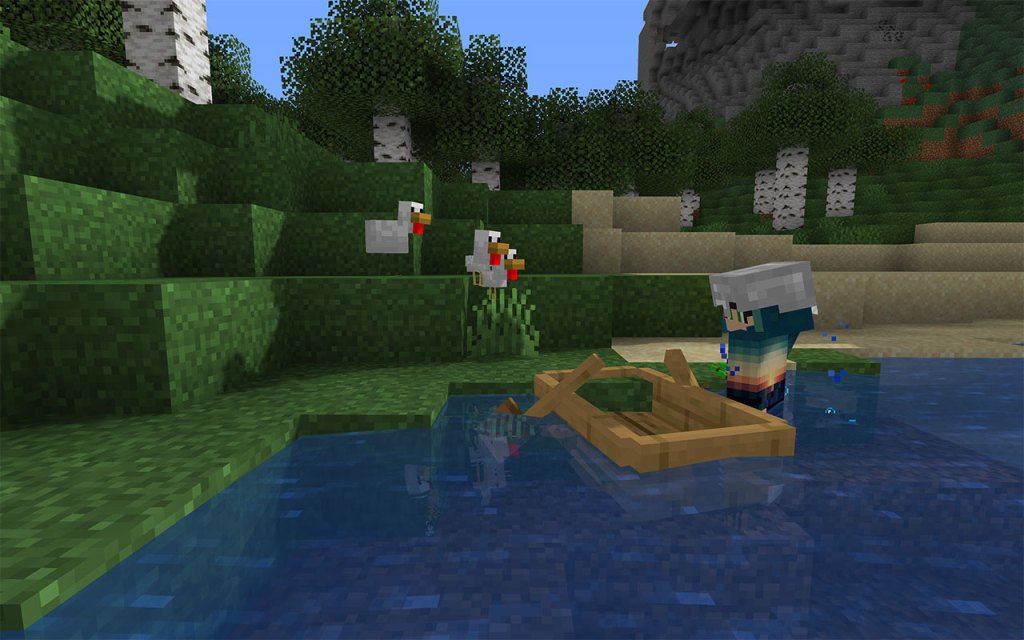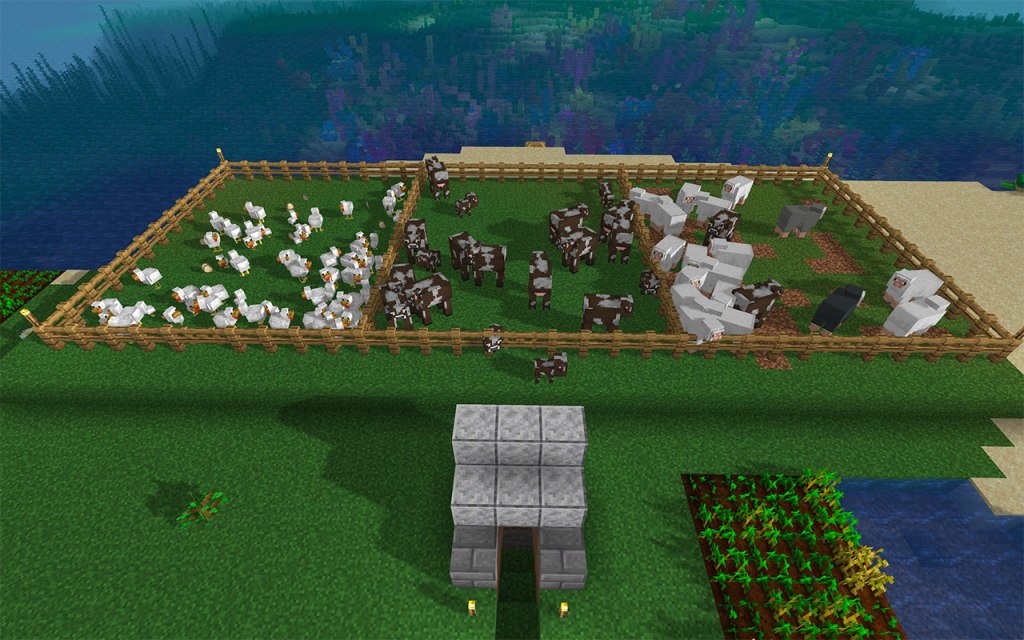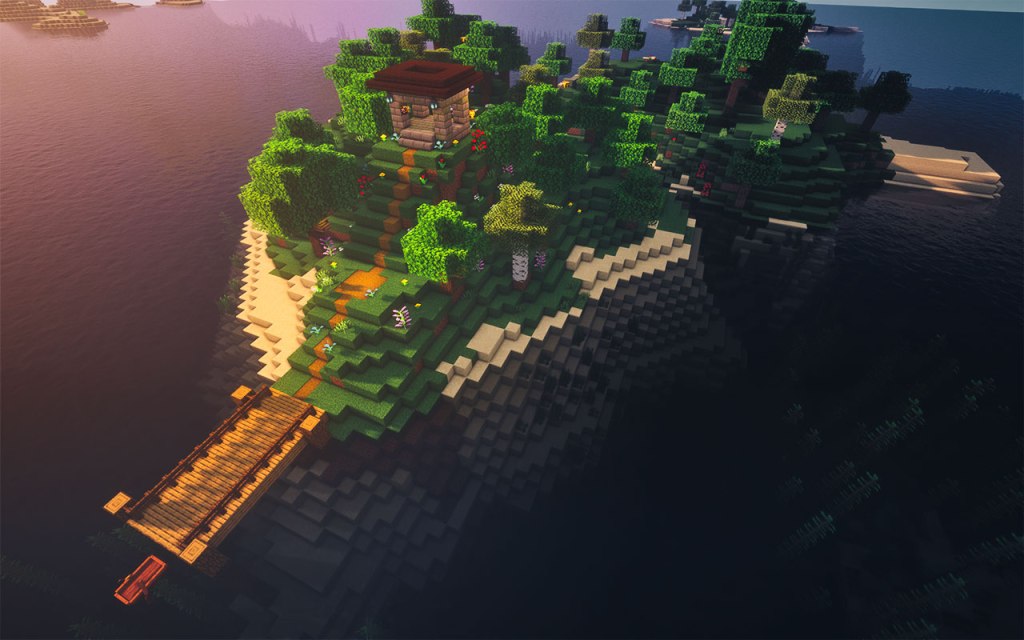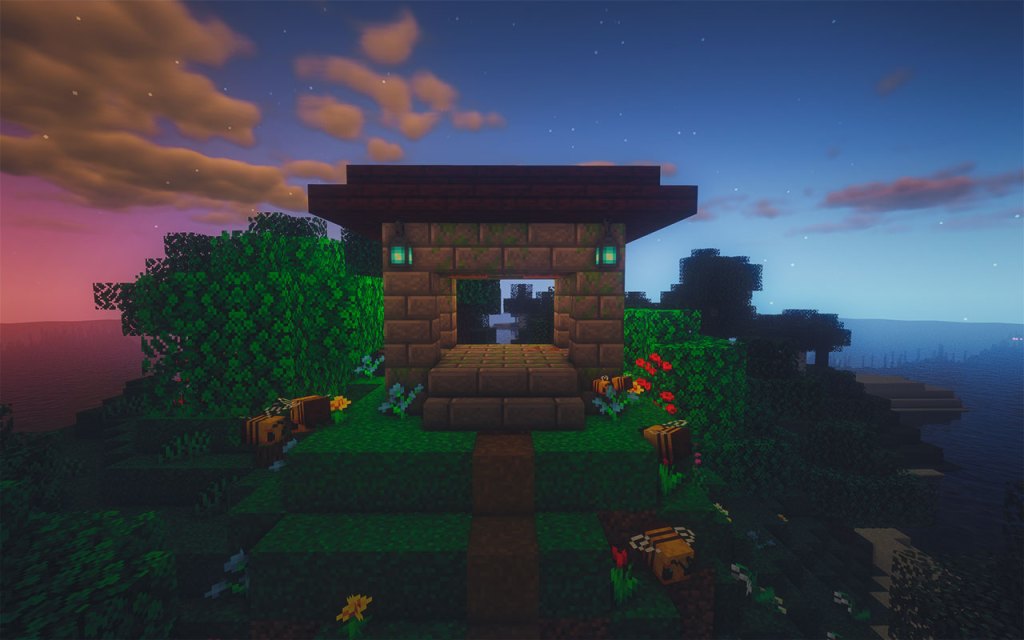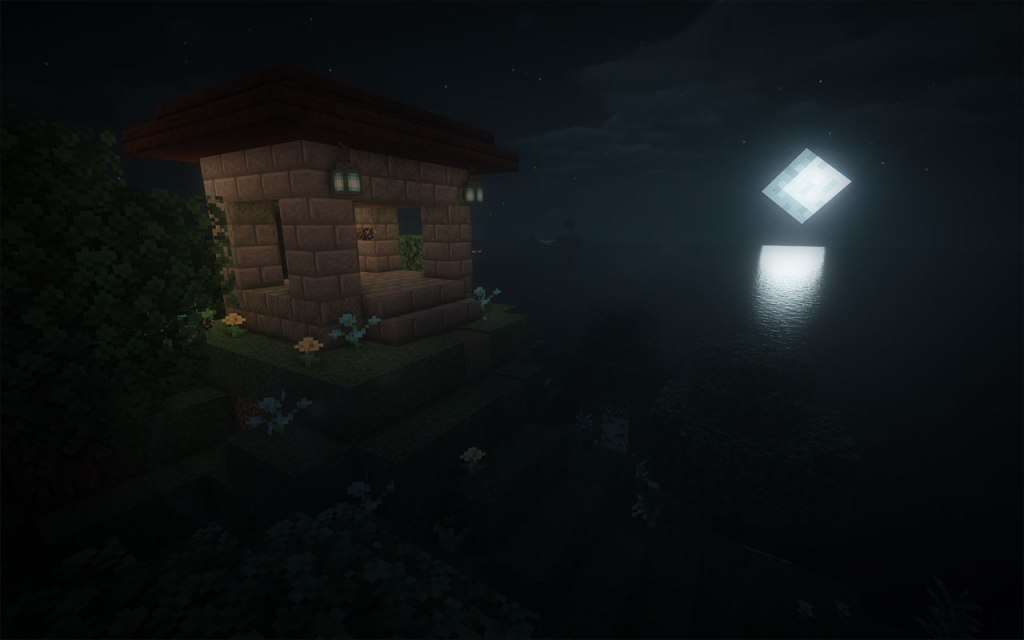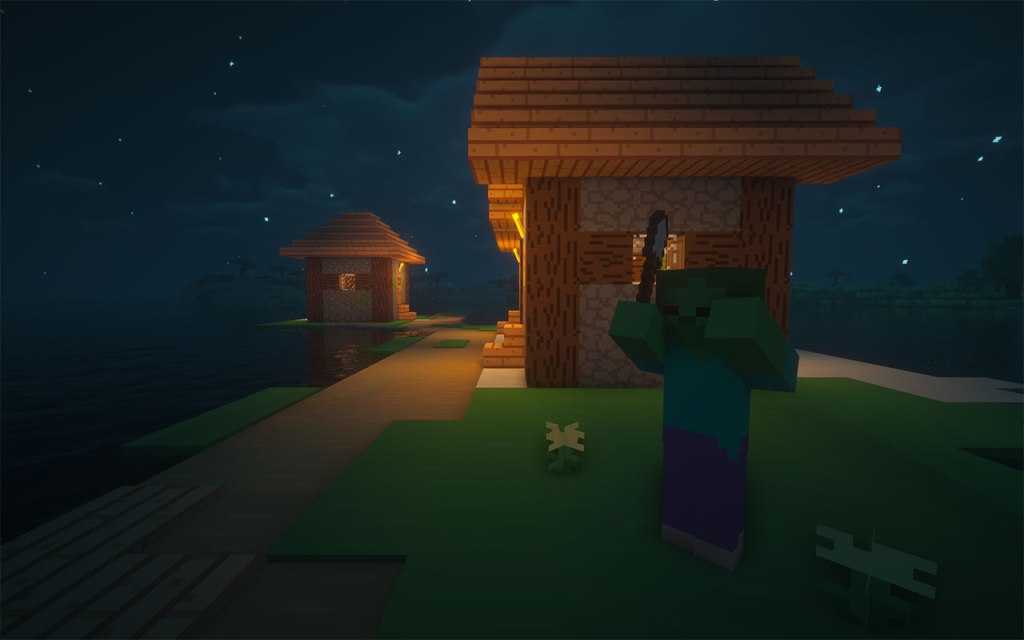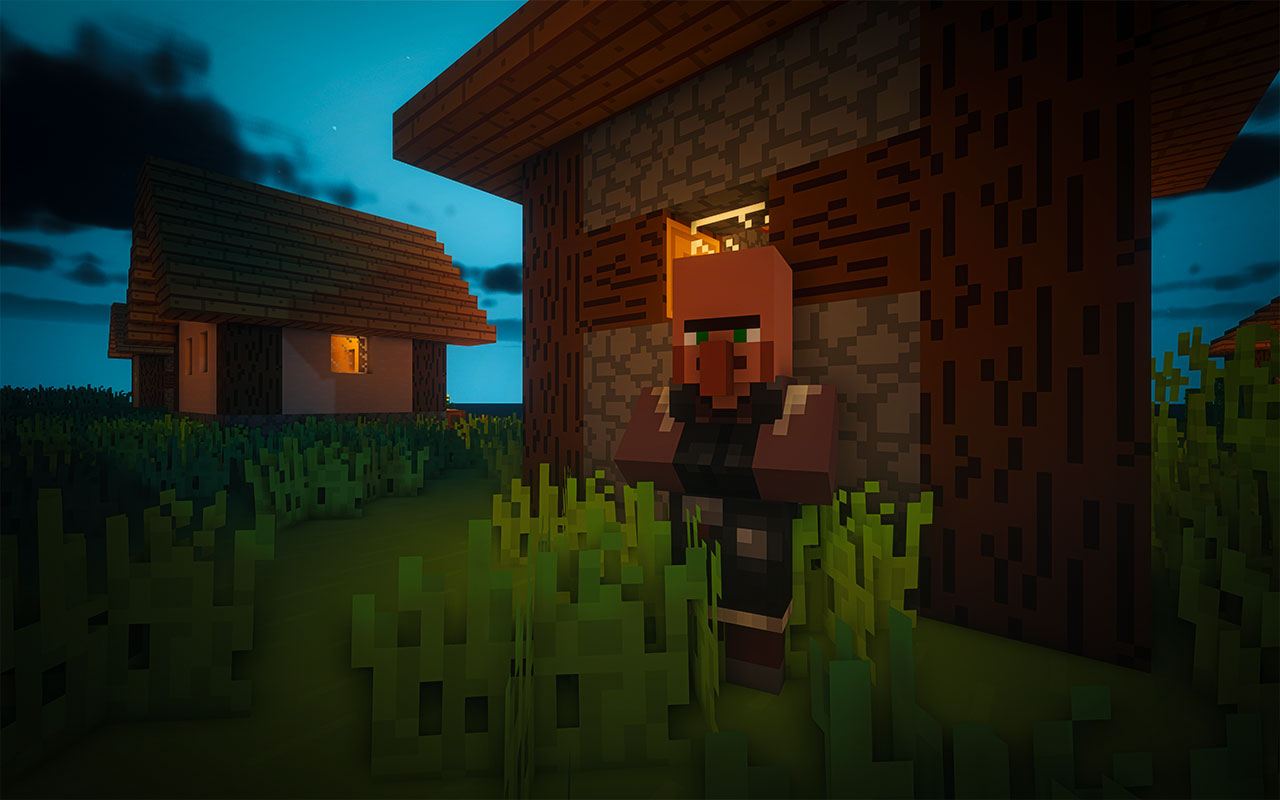In the realm of gaming, few titles have achieved the iconic status and broad-reaching influence of Minecraft. Developed by Mojang Studios, the sandbox game has transcended its pixelated blocks, becoming a cornerstone in the modern gaming industry. This blog post endeavors to shed light on Minecraft’s significant imprint on contemporary gaming, exploring its innovative gameplay, community engagement, and cross-genre influence.
A Sandbox of Innovation
Minecraft introduced a novel sandbox experience that provided players with a canvas of boundless possibilities. Unlike many games with linear storylines and set objectives, Minecraft handed the reins of creativity to the players, encouraging exploration, building, and learning through a virtually unlimited gaming environment.
Community Engagement
A significant portion of Minecraft’s allure lies in its robust community. The game has spawned a plethora of online forums, YouTube channels, and Twitch streamers dedicated to showcasing builds, tutorials, and gameplay. Through these platforms, players can share experiences, learn new techniques, and participate in a global community that continues to fuel Minecraft’s enduring popularity.
The Birth of a Genre: Survival Crafting
Minecraft was a trailblazer in establishing the survival crafting genre, where players gather resources, craft tools, and build structures to survive against adversities. Its success inspired a wave of similar games such as Terraria and Ark: Survival Evolved, expanding a genre that blends survival instincts with creative crafting.
Educational Gaming
Minecraft’s potential as a learning tool has led to the creation of Minecraft: Education Edition. This variant emphasizes educational content, allowing educators to harness the game’s interactive environment for teaching subjects ranging from mathematics to history. It’s a shining example of how games can be integrated into educational frameworks, providing a fun, engaging way for students to learn.
Virtual Reality (VR) Integration
Minecraft’s VR edition provides an immersive experience that’s rare in the gaming industry. By stepping into a blocky, yet boundless world, players can explore, create, and interact in a wholly new way, pushing the boundaries of what’s possible in gaming.
Indie Development Spotlight
The success of Minecraft, initially an indie project, illuminated the potential of indie game development. It showed that with a unique idea and well-executed design, small studios could compete with large developers, opening doors for many indie developers to bring their imaginative concepts to life.
Cross-Platform Play
Minecraft was among the pioneers in promoting cross-platform play, allowing gamers on different platforms to play together. This inclusive approach has influenced the gaming industry, nudging other developers to provide cross-platform support, fostering a more unified gaming community.
Modding Culture
Minecraft’s modding culture is a testament to its influence. The ability for players to modify the game has led to a rich modding community, creating everything from simple texture packs to complex gameplay modifications. This culture has set a precedent for other games, showcasing the potential for extending a game’s lifespan and fostering creativity within the player base.
Game-Changer Recapitulation: Minecraft’s Legacy in Contemporary Gaming
Minecraft’s influence on modern gaming is a multifaceted affair. Its innovative gameplay, strong community engagement, and cross-genre influences have left an indelible mark. The game has not just entertained millions, but it has also opened doors to new gaming genres, inspired indie developers, and showcased the educational potential of gaming. As we traverse through evolving gaming landscapes, the legacy of Minecraft serves as a beacon, illuminating the path towards innovation, inclusivity, and the boundless potential of gaming.
The profound impact of Minecraft on modern gaming is not just a tribute to the game’s design but a reflection of the evolving dynamics of the gaming industry. As Minecraft continues to grow and influence other gaming titles, it remains a seminal example of how creativity and community can propel a game into a league of its own.


